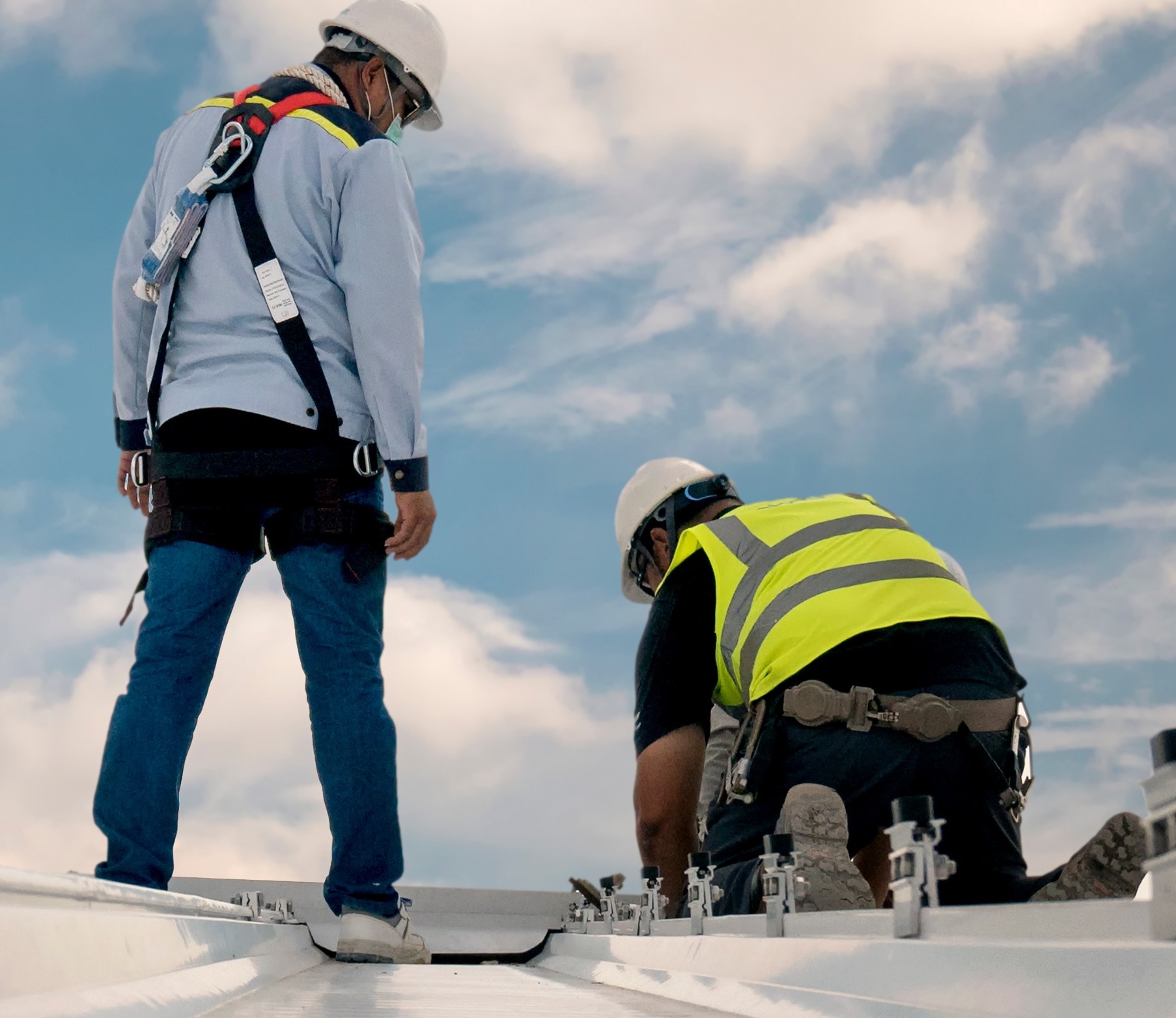Behavioral audits – Evaluating safety culture

Safety culture exists in every organization right from day one. Ultimately, an organization’s safety culture is a function of both worker’s and management’s performance.
Senior management, employees and supervisors define and shape a company’s culture experience. Behavioral audits are used as a means in order to evaluate the health of the organizational safety culture. The behavioral audits’ results are analyzed to design behavioral improvement strategies.
The overall purpose of this evaluation and feedback process is to guide the organization’s human resources towards optimal safety.
The management and measurement of behavioral change is critical to the on-going performance of the organization.
The key areas of a health and safety behavioral audit are:
- Management commitment and leadership.
- Shared ownership.
- Supervision and decision-making.
- Safety issues resolution.
- Safety capacity of the organization.
- Employee commitment and involvement in safety management.
The basic steps for conducting an efficient behavioral audit are:
- Ensure executive management commitment.
- Appoint a steering committee to guide the audit investigation.
- Appoint an auditing team to develop interview questions.
- Investigate designated functional areas and workplaces separately.
- Review the safety policies for suitability and alignment.
- Observe the work force and record safe/at risk behaviors.
- Identify the behaviors critical to obtaining required safety performance.
- Find root cause for inconsistencies identified.
- Collect industry good practices and information and use them to devise solutions.
- Analyze data collected and write a report for management containing findings and recommendations.
Process Engineering may support your organization on all the above tasks and provide you with measurement tools and techniques to evaluate the safety culture of your organization.
Additionally, Process Engineering may support you in the implementation of the relevant actions required, based on the audits’ results:
- Provide training programs and workshops focused on behavior change.
- Develop safety campaigns.
- Create communication tools.
- Support on behavioral safety coaching techniques.
- Consult the management on methods to increase the engagement and participation of the personnel.
For more information please contact the technical department of Process Engineering.
SEARCH
Clients
find us
- 64, Apostolopoulou Str. 152 31 Halandri, Athens, Greece
- +30 210 6724258, +30 210 6724229
- Email PROCESS




